Pimsleur Comprehensive Polish Level 1 - Discount - Audio 16 CD
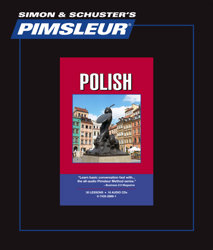
Pimsleur Comprehensive Polish Level 1
Get other Polish Language audio click here
Upon completion of this Level I program, you will have functional spoken proficiency with the most-frequently-used vocabulary and grammatical structures. You will be able to:
* initiate and maintain face-to-face conversations,
* deal with every day situations -- ask for information, directions, and give basic information about yourself and family,
* communicate basic information on informal topics and participate in casual conversations,
* avoid basic cultural errors and handle minimum courtesy and travel requirements,
* satisfy personal needs and limited social demands,
* establish rapport with strangers in foreign countries,
* begin reading and sounding out items with native-like pronunciation.
About the Polish Language
Polish is mainly spoken in Poland. Poland is one of the most homogeneous European countries with regard to its mother tongue; nearly 97% of Poland's citizens declare Polish as their mother tongue, due to WWII, after which Poland was forced to change its borders, what resulted in various migrations (German expulsions). After the Second World War the previously Polish territories annexed by the USSR retained a large amount of the Polish population that was unwilling or unable to migrate toward the post-1945 Poland and even today ethnic Poles in Lithuania, Belarus, and Ukraine constitute large minorities. Polish is by far the most widely used minority language in Lithuania's Vilnius County , but it is also present in other counties. In Ukraine, Polish is most often used in the Lviv and Lutsk regions. Western Belarus has an important Polish minority, especially in the Brest and Grodno regions.
In the U.S.A. the number of people of Polish descent is over 11 million, see: Polish language in the United States, but most of them cannot speak Polish. According to the United States 2000 Census, 667,414 Americans of age 5 years and over reported Polish as language spoken at home, which is about 1.4% of people who speak languages other than English or 0.25% of the U.S. population.
The Polish language became far more homogeneous in the second half of the 20th century, in part due to the mass migration of several million Polish citizens from the eastern to the western part of the country after the east was annexed by the Soviet Union in 1939, during World War II.
"Standard" Polish is still spoken somewhat differently in different regions of the country, although the differences between these broad "dialects" are slight. There is never any difficulty in mutual understanding, and non-native speakers are generally unable to distinguish among them easily. The differences are slight compared to different dialects of English, for example. The regional differences correspond mainly to old tribal divisions from around a thousand years ago; the most significant of these in terms of numbers of speakers are Great Polish (spoken in the west), Lesser Polish (spoken in the south and southeast), Mazovian (Mazur) spoken throughout the central and eastern parts of the country, and Silesian spoken in the southwest. Mazovian shares some features with the Kashubian language .
Some more characteristic but less widespread regional dialects include:
1. The distinctive Góralski (highlander) dialect is spoken in the mountainous areas bordering the Czech and Slovak Republics. The Górale (highlanders) take great pride in their culture and the dialect. It has some cultural influences from the Vlach shepherds[citation needed] who migrated from Wallachia (southern Romania) in the 14th-17th centuries[citation needed]. The language of the coextensive East Slavic ethnic group, the Lemkos, which demonstrates significant lexical and grammatical commonality with the Góralski dialect, bears no significant Vlach or other Romanian influences.
2. In the western and northern regions that were largely resettled by Poles from the territories annexed by the Soviet Union, the older generation speaks a dialect of Polish characteristic of the Eastern Borderlands.
3. The Kashubian language, spoken in the Pomorze region west of Gdańsk on the Baltic sea is closely related to Polish, and was once considered a dialect by some. However, the differences are large enough to merit its classification as a separate language — for instance, it is not readily understandable to Polish speakers unless written. There are about 53,000 speakers according to the 2002 census.
4. Poles living in Lithuania (particularly in the Vilnius region), Belarus (particularly the northwest), and in the northeast of Poland continue to speak the Eastern Borderlands dialect which is more "musical" than standard Polish, hence easy to distinguish.
5. Some city dwellers, especially the less affluent population, had their own distinctive dialects. An example of this is the Warsaw dialect, still spoken by some of the population of Praga, on the eastern bank of the Vistula. (Praga was the only part of the city whose population survived World War II somewhat intact.) However, these city dialects are now mostly extinct due to assimilation with standard Polish.
6. Many Poles living in emigrant communities, e.g. in the USA, whose families left Poland just after World War II, retain a number of minor features of Polish vocabulary as it was spoken in the first half of the 20th century, but which sound archaic to contemporary visitors from Poland.
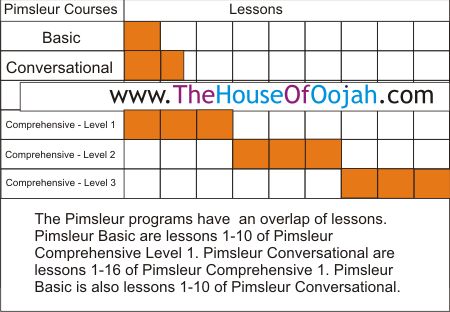

 0 Items (Empty)
0 Items (Empty)

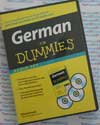
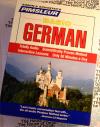
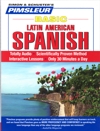
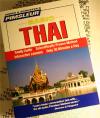
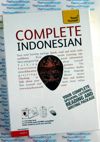
 (Custom).png)
